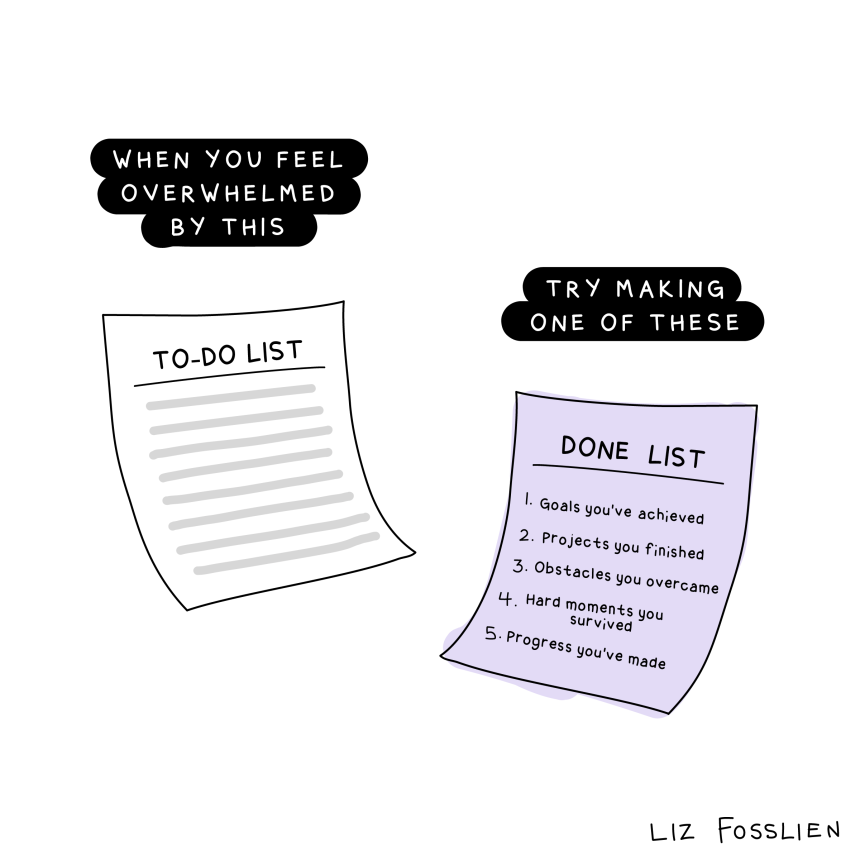Stop Telling Employees to Be Resilient
Building teams that can weather uncertainty and change requires creating systems for support and dialogue.
Topics
News
- More than 80% of Saudi CEOs adopted an AI-first approach in 2024, study finds
- UiPath Test Cloud Brings AI-Driven Automation to Software Testing
- Oracle Launches AI Agent Studio for Customizable Enterprise Automation
- VAST Data and NVIDIA Launch Secure, Scalable AI Stack for Enterprises
- How Machine Identity Risks Are Escalating in AI-Powered Enterprises
- How Agentic AI Is Reshaping Healthcare

Lately, it feels like “resilience” has popped up as the answer to just about everything. Having a hard time because of a toxic environment? Just be resilient. Struggling to home-school your kids while working 50-hour weeks during a global pandemic? Try some resilience.
Resilience, or the ability to withstand hardship and bounce back from difficult events, is useful when it comes to work. But, too often, it’s presented in a way that overlooks structural issues and instead encourages employees to grin and bear whatever tough stuff comes their way — and to do so on their own, without disturbing their colleagues.
The truth is, it’s much, much easier to be resilient in an environment that makes it easy. Say your team priorities suddenly shift or everyone has to switch to remote work overnight. You’ll be better able to regroup and gather the energy to figure out a new path forward if you trust your manager, feel safe opening up to your team, and believe that the organization will work to support you.
In other words, there’s a difference between demanding that everyone be mentally tough and actually helping them take care of their mental health. As the past few years have proved, uncertainty and challenging situations are often beyond our control. But how leaders respond — that is, whether they make work a place where employees feel supported, or push them until they burn out and give up — is not. Based on the research and interviews we conducted for our new book, Big Feelings: How to Be Okay When Things Are Not Okay, we’ve pulled together five actions leaders can take to create a workplace that supports resilience.
1. Make well-being a collective practice.
Teams can put shared practices into place that make it easier for individuals to improve their well-being. Ask yourself: How can my team better incorporate balance as part of our days? Saying you want your people to have a healthy work-life balance is great, but if their calendars are filled with back-to-back meetings and they get pinged at all hours of the day, chances are they won’t feel safe taking the breaks they need.

To improve team well-being, establish shared rituals. When everything feels up in the air, rituals can help employees feel more grounded — and less stressed. It doesn’t matter what the ritual is: Research shows that simply doing the same thing at the same time can improve mental health.
A couple of ideas we’ve heard from teams: Kick off weekly team meetings with a fun prompt, make a shared commitment to not schedule video calls with each other on one or two afternoons a week, and put 15-minute team breaks on the calendar every day. We also heard from one leader that she’s found it useful to give her team the first five minutes of their regular meeting to turn off their cameras and do something that will help them be more present, whether that’s responding to the email burning a hole in their inbox or getting up to stretch.
2. Look back at how far you’ve come as a team.
A ritual around reflection and recognition can also help your team members connect and build confidence. Successfully navigating change or uncertainty as a team is not about having the perfect plan in place but about trusting that you can weather surprises together.
To take stock of all that your team has accomplished, set aside time at the end of each month or quarter to discuss the following:
- What have we learned over the past few weeks or months?
- What was difficult, and how would we approach it differently given what we know now?
- What important progress did we make?
Keep in mind that an important part of progress is lessons learned. If your team had to rapidly pivot toward a new goal, you’re not “behind” where you’re supposed to be. It means you’re moving in a new direction, this time with experience.

3. Use one-on-one meetings wisely.
If your one-on-ones focus solely on status updates, you’re missing out on a valuable opportunity to better understand and support your team members. Worse, you might be inadvertently sending the message that you care only about pressing tasks and to-dos, which can leave your reports feeling expendable and anxious.
Find an alternative channel for status updates (think email, Slack threads, or brief team meetings) to leave more room for personal conversations in one-on-ones. We recommend asking these questions:
- What one thing can I do to better support you this week?
- What kind of flexibility do you need right now?
- How does your workload feel right now? Where can I help?
- What was a win for you over the past week? What was challenging?
Make sure to take action on what you hear, and communicate the steps you’ll take. For example, you might say, “You mentioned last week that you could use more heads-down time. Let’s work together to see if there are any upcoming meetings that could be handled asynchronously or that you could push to next week.”
4. Understand and adjust for different emotional expression tendencies.
While it’s important to create space for your employees to flag feelings or raise concerns, you shouldn’t push them to do so. If things get challenging or the future seems uncertain, let your reports know that you’re there to support them, but make it OK for them to not open up to you in great detail.
When it comes to how comfortable we are expressing emotions, we each sit somewhere along a spectrum. On one end are over-emoters, or people who are highly emotionally expressive. People always know what over-emoters are feeling and tend to turn to them when they want someone to be excited. On the other end are under-emoters, or people who are less emotionally expressive. People feel they can go to under-emoters if they are upset or have a problem, since the under-emoter will be able to calmly figure out a way forward. Even-emoters sit in the middle but can swing either way, depending on the situation. None of these tendencies is “good” or “bad,” but it’s useful to be aware of where on the spectrum your reports (and you!) sit so you can adjust your behavior as needed. (We’ve created an emotional expression tendency assessment that you can use and share with your team.)
For example, say one of your reports is an under-emoter. If she’s feeling overwhelmed by the amount of uncertainty she’s facing, she won’t wear that emotion on her sleeve, and she likely won’t bring it up in a one-on-one conversation on her own. So as her boss, you’ll need to dig a bit deeper by asking questions like, “What part of your job is keeping you up at night?” or “What should I know about that I don’t know about?”
5. Create shared language.
To make it easier for employees to feel safe opening up and trusting one another, it’s helpful to establish shared language. For example, teams at the executive coaching firm Reboot use a “red, yellow, green” system to check in at the beginning of meetings. Red means someone is struggling; yellow means someone feels stressed, but it’s manageable; and green means someone is feeling good.
We’ve also worked with teams to help them create “It’s OK to …” lists. The idea comes from writer Giles Turnbull, who wanted new employees at the U.K.’s Government Digital Service to know that it was always OK to do things like make mistakes or ask a question. He drafted a list, crowdsourced more ideas from his colleagues, and then designed posters that he hung in the office. The final “It’s OK to …” list included things like “say you don’t understand,” “have quiet days,” and “ask why, and why not.”
“It’s OK to …” lists surface permissions that might already exist within the company culture but might be helpful to remind people of — especially in uncertain times and when onboarding new employees. In addition to sharing team documents, individuals can share work style preferences with one another (see our work preferences template) to support them in doing their best work.

Uncertainty and change are inevitable. But by putting the practices listed above into place, leaders can create environments for their people that make it easier for them to be resilient. Ultimately, the best and most successful workplaces are those that ensure people feel supported through difficult times.





